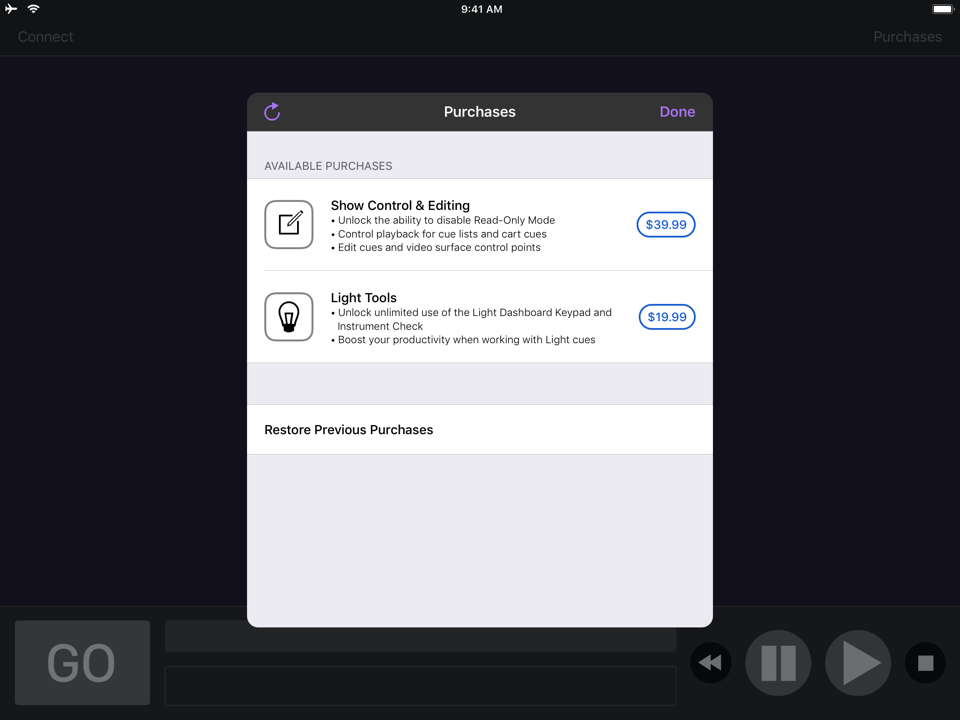

Initially, I would inadvertently activate the touchpad when I just meant to move my finger from down to up or vice versa on the D-pad. This choose-your-preferred-navigation method - Apple calls it the “clickpad with touch surface” - has a very short learning curve. (And yes, you can still play with the subtle movement of app icons on the home screen by gently nudging your thumb around.) But some streaming apps didn’t work perfectly with that input method, so Apple is now including the far more precise D-pad. Within that circular D-pad is a touch-sensitive center button that still lets you swipe around content or move in any direction just like you could before. Instead of putting what basically amounted to a trackpad on the top section of the remote, Apple has switched to a much more traditional directional pad. If you used those words to describe the original Siri Remote, you’d be in the minority.Īpple has added power and mute buttons to the new Siri Remote. There’s nothing exceptional about it, but it’s functional, accessible, and painless to use.

“Can’t innovate anymore, my ass.”īut this? This new Siri Remote is a very good remote. Before this big redesign, the most Apple did in that time was to try to cure the “which side is up?” confusion by adding a white rim around one of the buttons. Listing all of these “upgrades” on the new $59 Siri Remote really illustrates just how disappointing the old one that somehow lasted six years on the market was. And now there’s a proper power button for your TV.

The Siri button has been pushed to the remote’s right side, almost guaranteeing that you’ll never unintentionally trigger Apple’s voice assistant. The clickable touchpad area that dominated the upper third of the prior remote has been replaced by a more intuitive D-pad. It’s easy to tell which way is right side up when you reach for it. But the moment Apple showed off the second-generation Siri Remote, it was obvious that this would be a huge improvement over its detested predecessor.


 0 kommentar(er)
0 kommentar(er)
